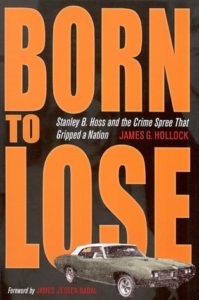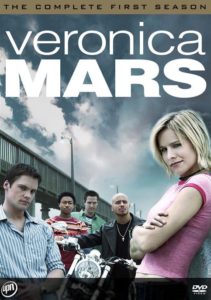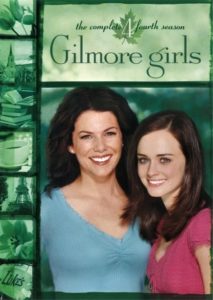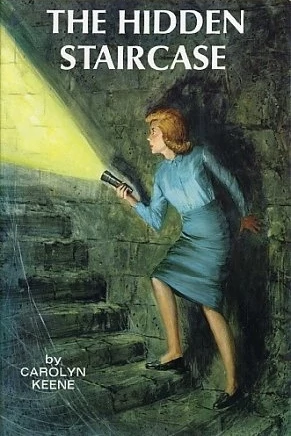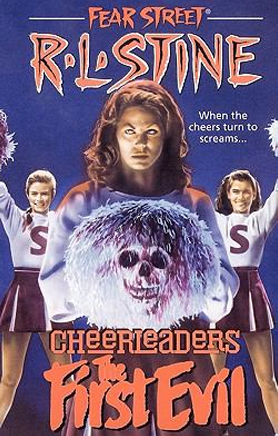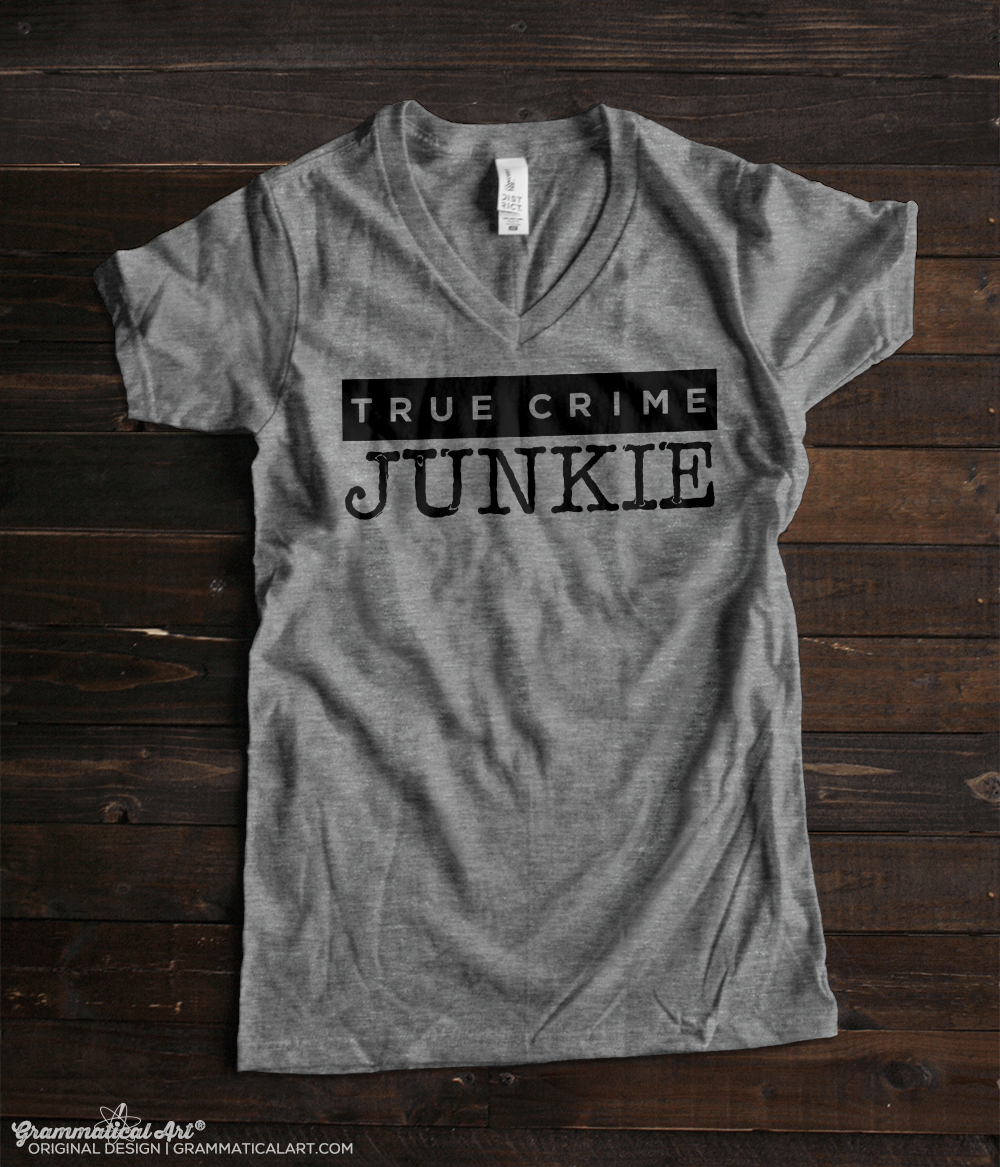The countdown to Christmas has officially begun. Believe it or not, we’re only five weeks away.
If you’re anything like me and still wondering where October went, you might be a little behind on your holiday prep. But don’t worry, just in time for the biggest shopping weekend of the year, we’ve put together our first ever holiday shopping guide. Here at Grammatical Art, we’ve got you covered—no matter who’s on your Christmas list.
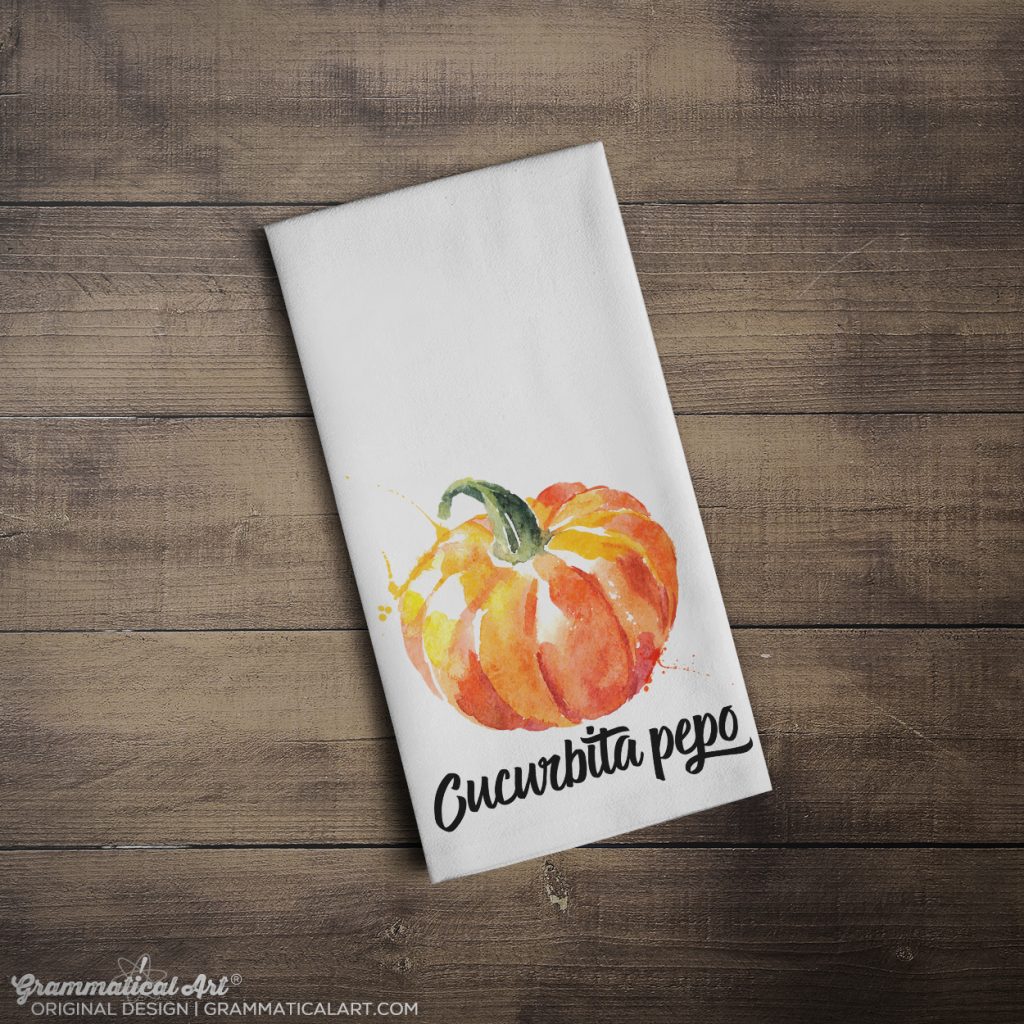
The Chef: Skip the cookbook this year. Our kitchen towels are the perfect blend of art and science, guaranteed to be a unique addition to any cook’s kitchen. Check out all the fruits and veggies to choose from here.
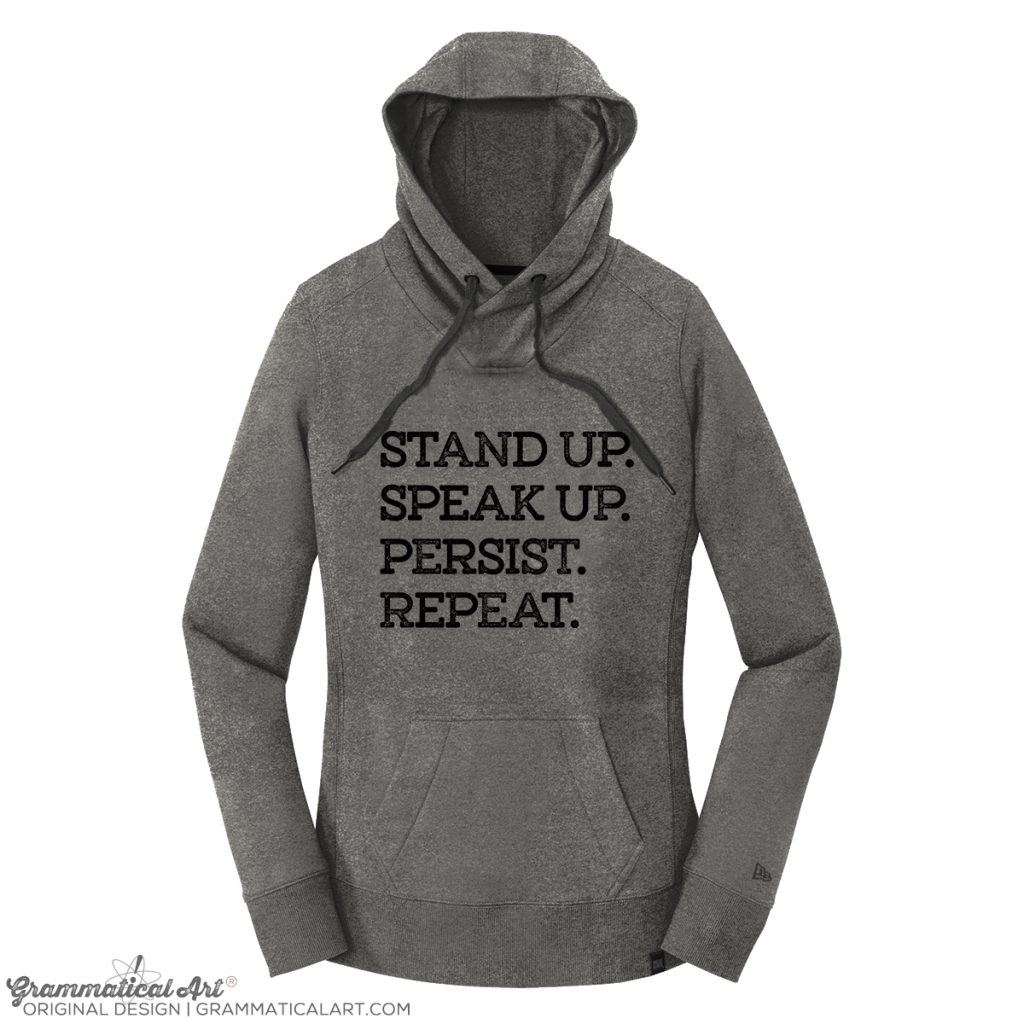
The Activist: The midterms may be over, but the fight rages on. Choose from our line of activism apparel and give the gift of resistance. My favorite? Our Stand Up. Speak Up. Resist. Repeat. hoodie, perfect for keeping warm during those winter marches.
The Book Lover: Okay, so maybe this isn’t limited to just one person on your list. Starting Thursday, all apparel and totes are buy-two-get-one-free through Monday, so get one for the whole gang! Good thing the library never goes out of style.


The Coffee Fiend: This silver foil mug will keep the coffee flowing and double as a warning on those dreary Monday mornings. Don’t send them to work without it.
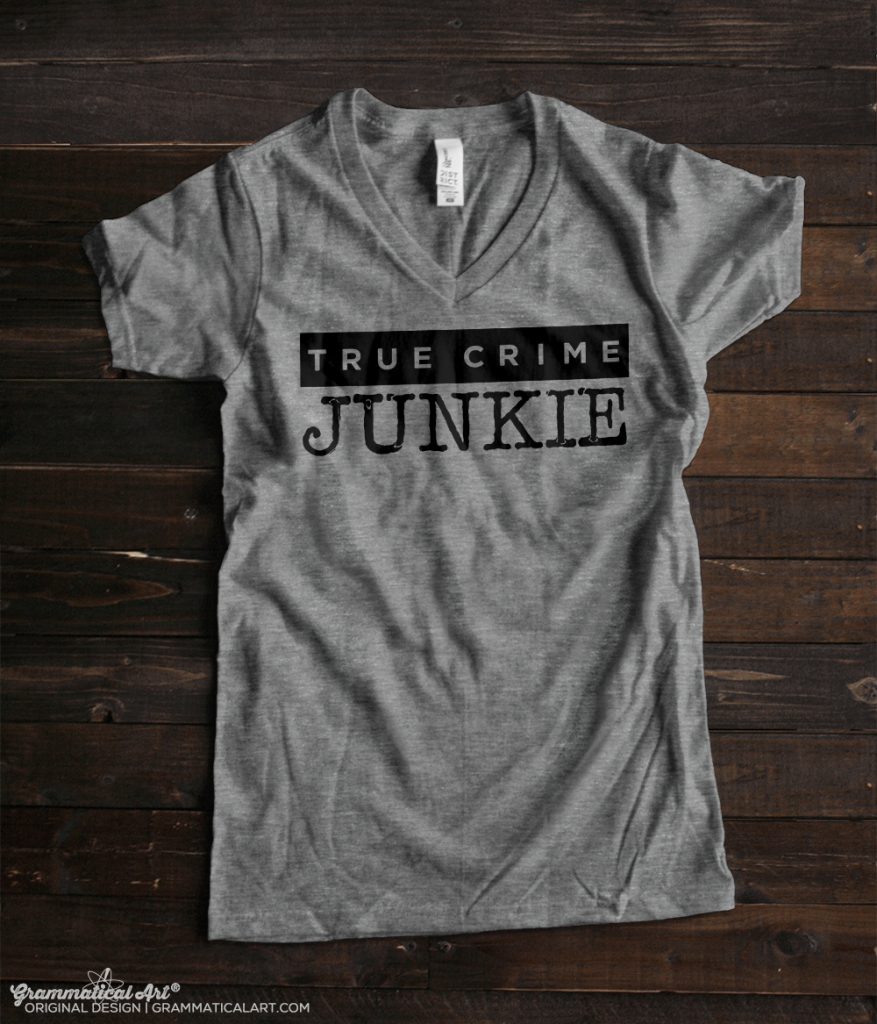
The friend constantly begging you to listen to Serial and My Favorite Murder: Chances are they’re also addicted to Making a Murderer, The Keepers, and The Staircase. It’s okay. The first step is admitting there’s a problem. The second step is getting them this t-shirt.
Your niece, the Future Astronaut, who asked for a telescope $300 out of your price range: You can’t buy her land on the moon or a ticket to mars, but you can let her know that she’s got what it takes. Support your favorite STEM girl with a print, a tee, or a tote.
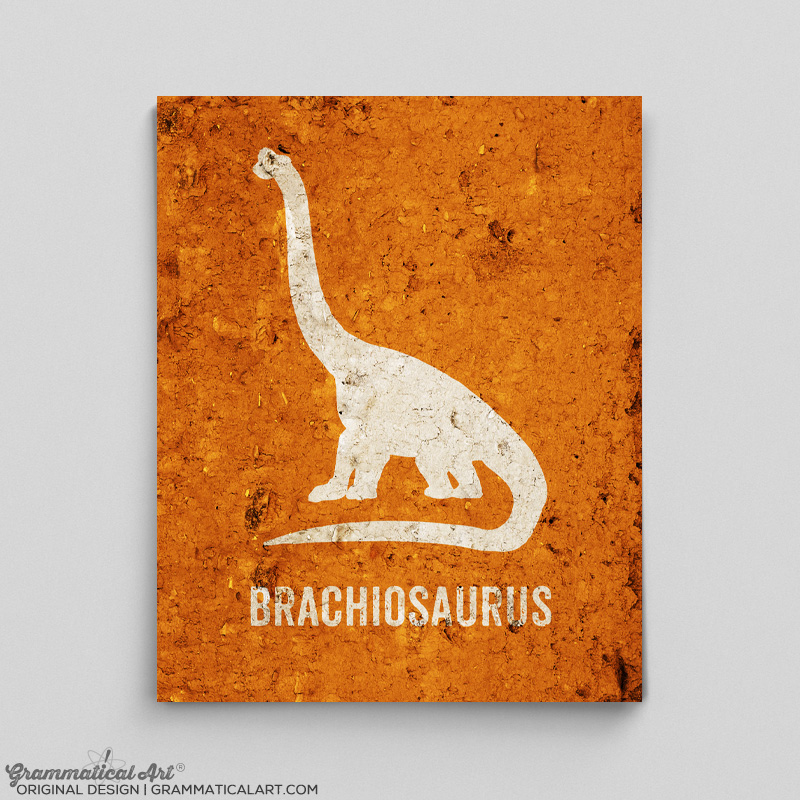
Your nephew, who’s going through an intense dinosaur phase: Be the cool one this Christmas. Our dino prints are sure to brighten up any room and spark the imagination. (Real dinosaurs not included.)
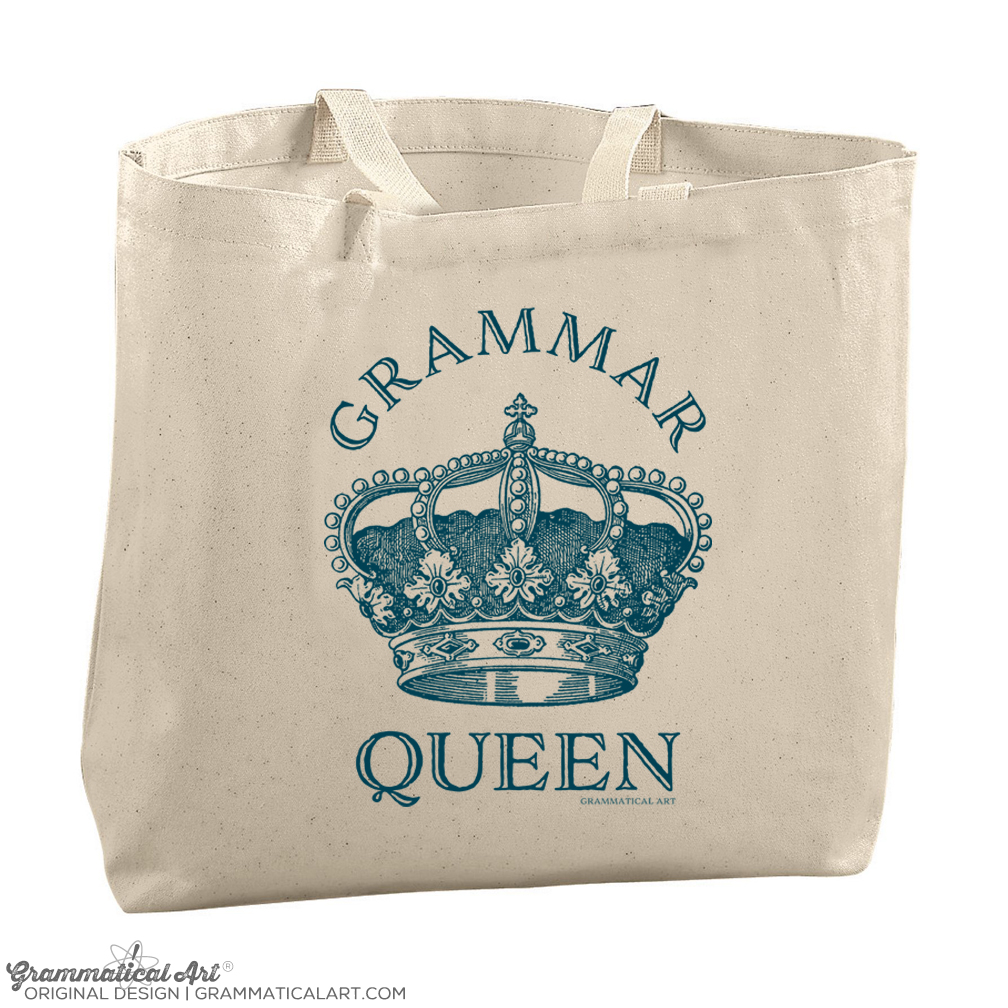
Your mom, who can’t help but correct your grammar mid-sentence while you’re catching up on the phone: You know it. She knows it. Make the title official with this Grammar Queen tote bag. Long may she reign.
Your friend’s new baby because you can’t not get them something for their very first Christmas: Proper grammar starts young. Our signature WHOM owl is available in sizes newborn through 24 months and looks even cuter printed on a onesie.
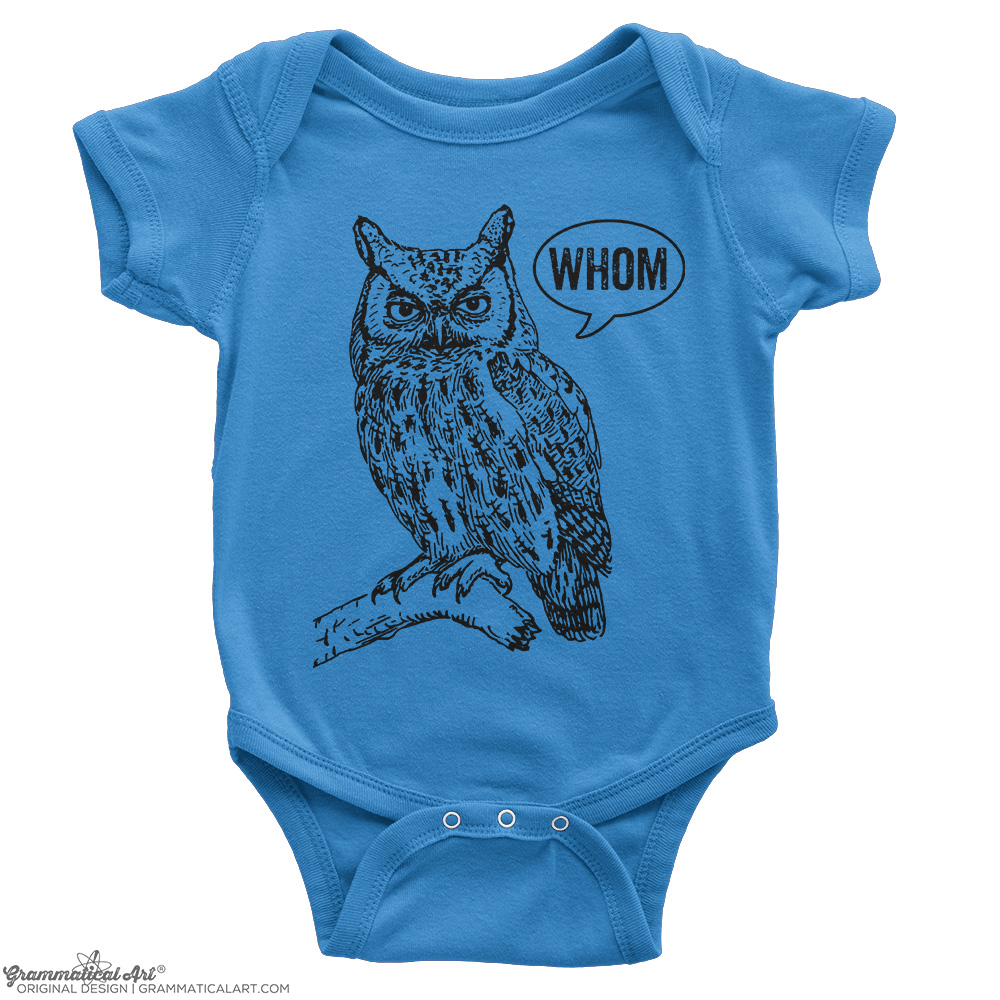

Your BFF, to let them know they’re more than they give themselves credit for: Remind your bestie just how amazing they are and send them off into 2019 with good vibes in this gold foil tee designed to stand out.
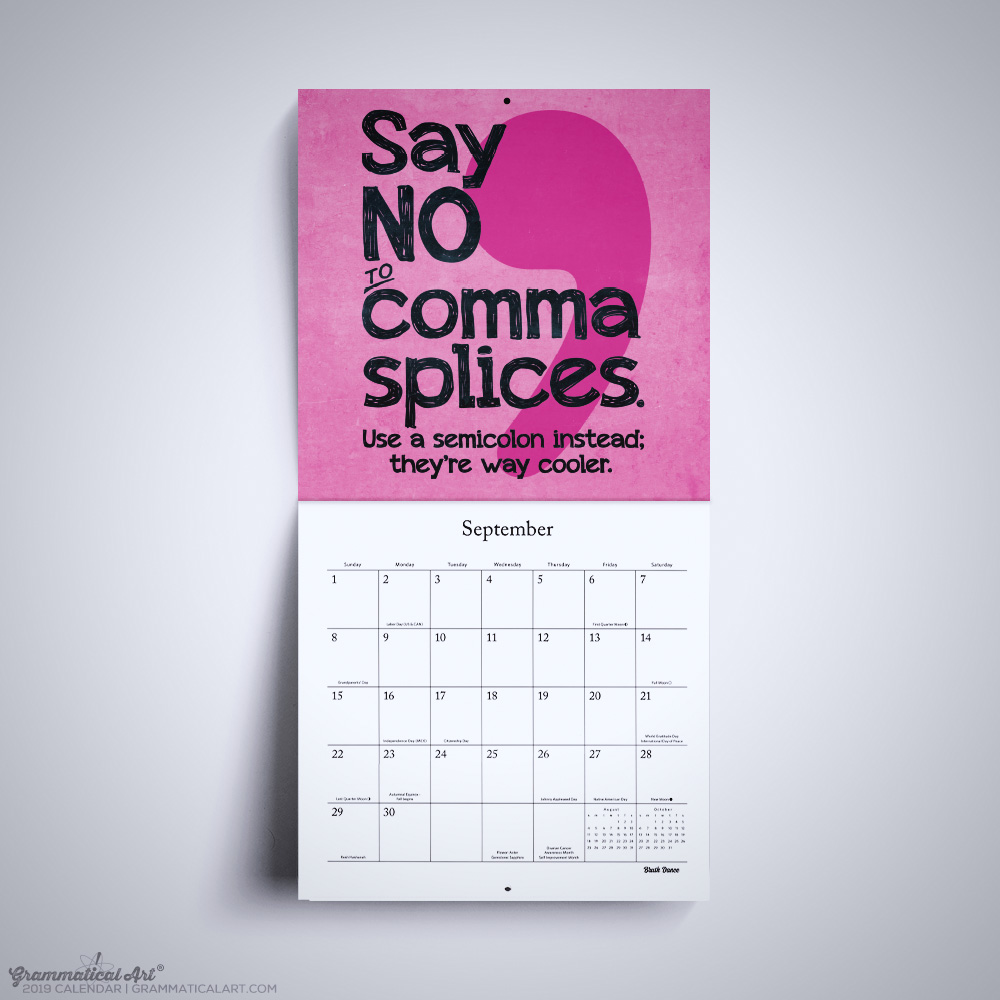
Your teacher/your kid’s teacher/your friend The Teacher: Tis the season to show our educators a little extra love. Our 2019 calendar is the educational gift that keeps on giving and makes for colorful classroom art even after the year is up.
And something for you! Because you deserve a little something, too, after all this hard work, treat yourself to your own personalized tote! Hey, you’re gonna need something to carry all these presents, anyway. It’s only practical.

Happy shopping!




